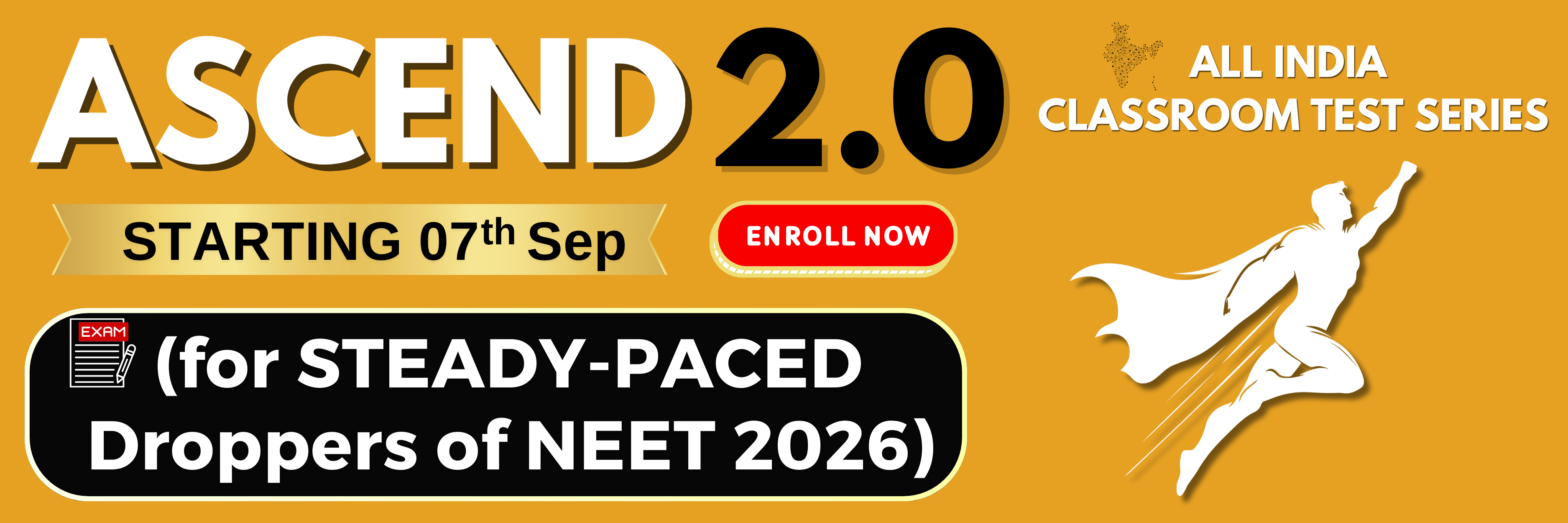Pinworm, Hookworm and Filaria worm belong to:
1. Annelida
2. Platyhelminthes
3. Aschelminthes
4. Arthropoda
Which of the following animals exhibit all these characters – bilateral symmetry, triploblastic, segmented and eucoelomate?
1. Echinoderms
2. Roundworms
3. Molluscs
4. Annelids
Which of the following would be a characteristic of the animal shown in the given diagram?
| 1. | Excretory organ is the proboscis gland. |
| 2. | They migrate for spawning to fresh water. |
| 3. | Notochord is present only in the larval tail. |
| 4. | Parapodia are present for swimming. |
The feature lacking in bony fishes would be:
1.
Operculum
2.
Swim bladder
3.
Ammonotelism
4.
Placoid scales
In contrast to Annelids, the Platyhelminths show:
1. Absence of body cavity
2. Presence of pseudocoel
3. Radial symmetry
4. Bilateral symmetry
Consider the following statements:
I. The members of Phylum Porifera are exclusively marine.
II. Ctenophores are the largest animals that use cilia for locomotion.
III. Roundworms may be free-living or parasitic in plants and animals.
Which of the above statements are true?
1. I and II only
2. I and III only
3. II and III only
4. I, II, and III
All cyclostomes are ___________ on some fishes; paired fins are _________, cranium is ________ and circulation is _______ type.
| 1. | Ectoparasites, Absent, Cartilaginous, Open |
| 2. | Endoparasites, Present, Bony, Closed |
| 3. | Ectoparasites, Absent, Cartilaginous, Closed |
| 4. | Ectoparasites, Present, Cartilaginous, Open |
1. Breathing using lungs
2. Viviparity
3. Warm-blooded nature
4. Ossified endoskeleton
Select the group of animals belonging to different phyla?
| 1. | Hirudinaria, Limulus, Laccifer. |
| 2. | Nereis, Dentalium, Aplysia. |
| 3. | Pheretima, Chaetopleura, Ophiura. |
| 4. | Cucumaria, Antedon, Loligo. |
The number of correct statements amongst the given statements is:
| I. | The digestive system in Platyhelminthes is incomplete. |
| II. | Coelenterates, Ctenophores, and Echinoderm larvae are radially symmetrical. |
| III. | Bilateral symmetry is seen in annelids and arthropods but not in mollusks. |
| IV. | Notochord is a mesodermally derived structure formed on the dorsal side in some animals. |
| V. | Aschelminthes are pseudocoelomates |
1. 2
2. 3
3. 4
4. 5







